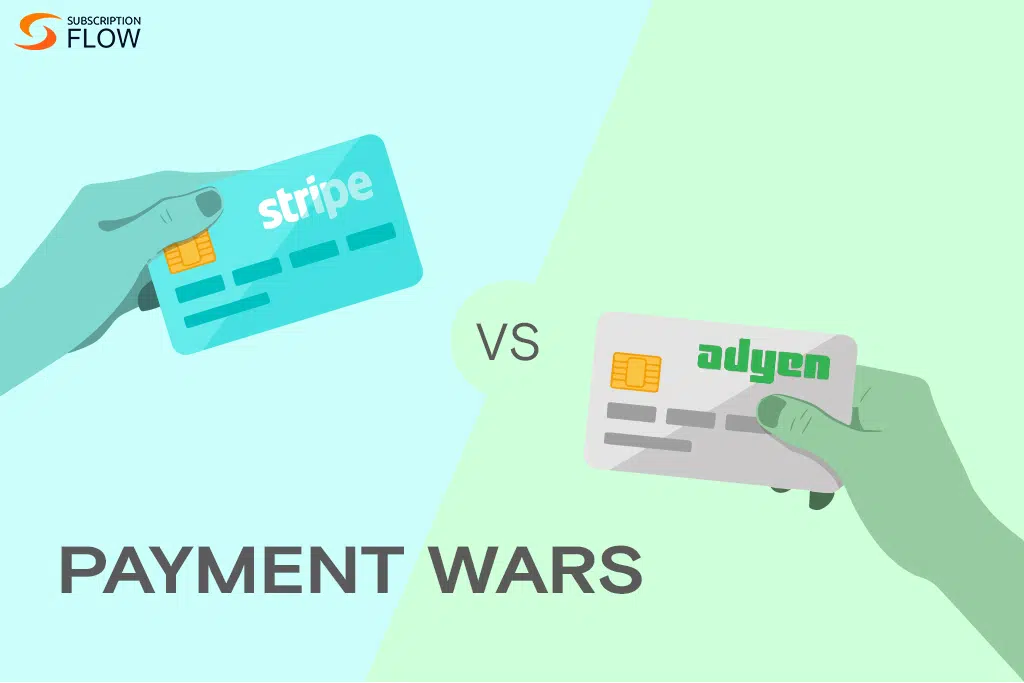
The Future of Print and Publishing—Is There a Light At the End of the Tunnel?
One of the world’s most readable newspaper, The New York Times (NYT), hit the new milestone with more than seven million subscribers in the last quarter of 2020 and has set the benchmark for other local and international print and publications to pursue in 2021.
NYT’s digital revenue superseded the revenue streamed from the print subscribers by 34% in the September quarter of 2020. In addition, it also compensated the 30% advertisement revenue fall and supported the NYT overall revenue streaming.
On the other hand, NYT has also experienced a revenue decline of 3.8% for its print subscriptions. For the first time in its history, The New York Times’ digital revenue was higher than the money brought in from print subscribers with the addition of more than 2 million subscribers in 2020, only.
Pandemic along with other major events across the world have played a crucial role in building the digital subscriber base for many local and international newspaper and magazines and attracted an overall 50 percent increase in revenue.
One of the largest US-based local chain of newspaper and magazines, Gannett, garnered more than 1 million subscribers in the third quarter of 2020. Another bigwig, Tribune, reported around half a million subscribers, whereas the Los-Angeles Times also have shown a 52.8 percent surge in new subscribers by the third quarter of 2020.
These are the few of the mentions. A great number of digital news outlets and magazines have also shone a light on the way of the subscription-based business model while shifting from the advertisement-based business model.
Let’s see what are the trends and predictions for the print and publishing industry transforming the new arenas for digital subscriptions.
Transformative Trends of Print and Publishing Media
-
Increase in Digital Consumption of the Content
Consumers are spending more time online. With the pandemic outbreak, the global consumption of online content surged to double. This includes surfing and browsing across digital media outlets and social media platforms.
-
The Disruption of Digital Devices and Need of Content Across the Devices
The digital disruption floods the use of digital devices. Consumers want to access the content across their digital devices.
-
Print and TV Surrenders Before the Digital Media Outlets
The print versions of the newspapers and magazines have already surrendered to the online aggregators. The digital media outlets with the diversity of their content, two-way engagement of the platform, and audience-centric content curation has already grasped the landscape of news and information.
-
The Attention to the New Voices Emerged and Echoed Over Digital Landscape
Internet costs almost nothing and plays a crucial role in echoing the new voices emerging with diverse tones and stances. Content consumers are more inclined to hear the voices that are unbiased or are not controlled or bounded by the state machinery. They also want to read new, alternative online outlets for hyperlocal news and content.
Predictions for the Print and Publication’s Tomorrow
-
Digital Disruption Drowns the Old-School News & Magazines Print Subscriptions
The digital disruption has already overthrown the trend of print subscriptions. Statistics suggest that the print subscription revenue is expected a reduction of more than USD 04Bn and fall to USD 50.4 Bn from USD 54.8 Bn by the end of 2024. The print publishing industry is dying all over the world.
-
Subscriptions-Based Recurring Revenue Streaming Takes Over the Ads Driven Revenue Model
The publications like the New York Times, Wall Street Journal, Guardian, Financial Times, Washington Post, AL-Jazeera, and hundreds of many more who bet on early on digital subscription have started to experience the growth of the digital customer base with the stable and reliable recurring revenue streaming while recovering and shifting from the old-school Ad-based business model.
-
Reader-Centric Creative and Diverse Content Attracts the Subscribers and Captures the Market
The over competitive digital ad industry has already made digital publishers particular, creative, and diverse. Though the next trend to make digital publishing thriving is to generate and curate reader-centric creative content fulfilling the personalized need of the subscribers belongs to any region of the world.
-
The Use of Artificial Intelligence (AI) improves Content Discoverability, Influences Revenue Resources, and Increases Profits
The increasing use of Artificial Intelligence is affecting every single area of man’s lives. From the content creation to content curation, AI is all set to revolutionize the future of publishing. AI is already playing a vital role in content discoverability through digital search engines and content management systems. It provides personalized content solutions for the consumers are is attracting more niche to opt for hasslefree subscriptions. It improves the recurring revenue resources and is helping digital publishers with their dependence on the ad-driven diminishing revenue model.
-
Omnichannel Experience Becomes the Priority of the New-Age Content Consumers
The content consumers are more inclined to the experience where they can seamlessly connect and find the content where they have left across the channels or devices and pick up where they left off on one channel and continue the experience on another.
-
Digital Niche Magazines Draws Brand Loyalty and Customer Engagement
Digital media is flooded with the content. A single search for a query offers consumers hundreds of thousands of possible answers. It is confusing and complicating. Consumers prefer to subscribe to one reliable and credible source of information. This is why niche publishing digital content is more likely to be subscribed by industry veterans, students, and other stakeholders. Also, it influences advertisers more to go for the audience targeted content platform.
-
Digital Paywall brings Decentralization and Other Revenue Incentives
The blockchain and other fintech technology reduce the monopoly of the publishers. Content creators from across the niches and platforms are now able to create and curate online content from anywhere and offer it to consumers anywhere in the world. Unlimited digital magazines, research journals, and e-books subscribers are out there looking for the reliable source of information, news, and updates through these publishing platforms.










